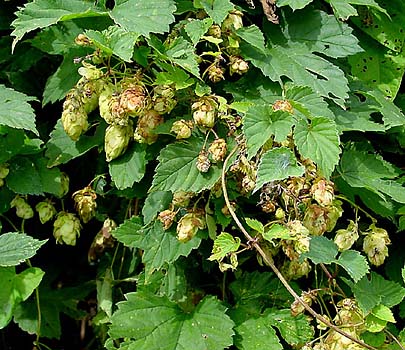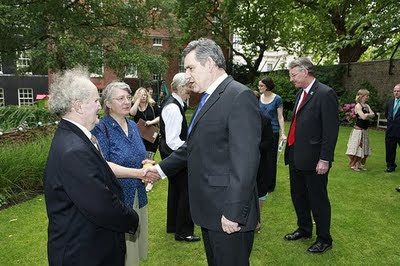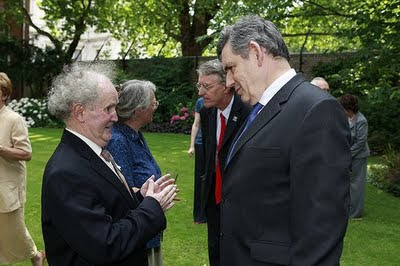New Ferry Butterfly Park, the community-run nature reserve next to Bebington Station, is threatened with closure. Brock plc have told the Cheshire Wildlife Trust (CWT), which holds the lease, to vacate the Park by the end of January 2010, and have refused repeated offers by CWT to buy it. The Park site, already a nature reserve and Site of Biological Importance, was sold at auction in 1997, when British Rail was told by the then Government to sell much of its land.
The Butterfly Park is one of the best butterfly sites in Cheshire, and also home to many other mini-beasts such as spiders, moths, bumble bees, grasshoppers, shield bugs, woodlice, snails and hoverflies. It is used for education and training, from infant schoolchildren up to post-graduate professionals, as well as quiet recreation and enjoyment of wildlife. Its unusual management has featured in national scientific journals.
Hilary Ash, one of its management team and Hon Conservation Officer for Wirral Wildlife, says "There is simply no equivalent site in Wirral or Cheshire. Its ecology is unique, which is why Cheshire Wildlife Trust leased it in 1993. It is also in the urban area, with excellent public transport access, more than 2000 schoolchildren within walking distance, and in an area with little natural open space. It will be a huge loss to people and wildlife if it is destroyed."
Ben Chapman, MP for Wirral South, who has often visited the Park, said “The Butterfly Park is a vital asset to New Ferry. Many local schools, societies and other organisations have visited and benefited from its presence. The Park Committee has put in a great deal of effort over the years to regenerate what was essentially a useless piece of land into a thriving urban nature reserve. The conservation work of Wirral Wildlife has also recently been recognised at a Downing Street Reception. I am very disappointed that the landowners have expressed their desire to close it and I very much hope we can reverse this decision”.
New Ferry Councillor Steve Niblock said “It is a disgrace that the future of the Park is under threat. This gem in New Ferry must be preserved at all costs. It is sad that the owners will not sell the land to the dedicated volunteers that manage the park. I am asking that the community rally round and sign the petition to save the park.
http://www.ipetitions.com/petition/savethebutterflypark/
I have been pushing the Council to do all in its powers to help keep this oasis of wildlife for the people of New Ferry and the rest of Wirral. To help with this please sign the petition.”
DO YOU WANT TO SEE THE PARK STAY OPEN? YOU CAN HELP!
Please write to your councillor (the local ones are Bob Moon, Alan Taylor and Steve Niblock) at Wallasey Town Hall, Brighton Street, Wallasey, CH44 8ED asking Wirral Council to use all measures in its power to save the Park. Or sign the petition to be found around New Ferry including at the Farmers' Market on 12 December and the constituency office of Ben Chapman MP. The Park is normally closed for the winter, because the mini-beasts are in hibernation and we need to get management work done. However it will be open on Sundays 13 December and 10th January and possibly other times - contact Hilary on 327 5923 or Paul on 645 8937, or check the website at http://www.wirralwildlife.co.uk/. We are at the top of the access road to Bebington station car park, off Bebington Road between Aldi and the railway bridge. Look for the brown tourist sign, open when we are.
Mayor Peter Johnson opening a new interpretive board, April 2007

More pictures can be found at:


















































